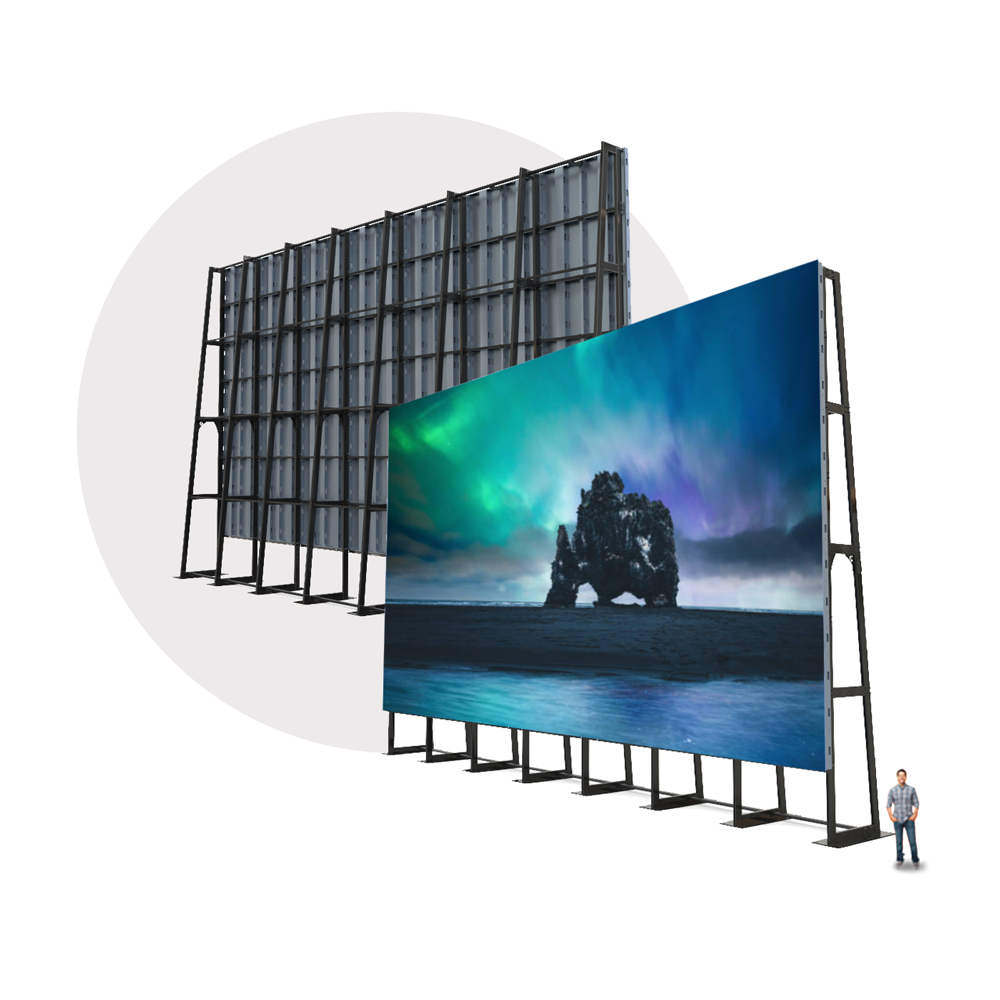A Thorough Comparison of Different LED Display Screen Technologies and The Applications
A Thorough Comparison of Different LED Display Screen Technologies and The Applications
Blog Article
LED video walls are increasingly popular across different environments, such as concerts, sports events, and corporate meetings. These large large displays consist of made up of many individual Light Emitting Diode modules that function collectively to form a cohesive cohesive image. There are different kinds of Light Emitting Diode display screen solutions on the market, each with its own characteristics as well as benefits. Understanding these options can assist companies as well as entities select the appropriate option for their particular needs.
One frequent type of Light Emitting Diode display wall technology is the directly viewed Light Emitting Diode. This solution uses separate LED modules that are arranged near together to form a big screen. Direct view Light Emitting Diode walls are known for their elevated luminosity as well as vibrant colors, which makes them perfect for external events or well-lit illuminated settings. They also have a broad sight perspective, which means that people can view the screen clearly from various locations. Such makes directly viewed Light Emitting Diode screens a favored choice for stadiums as well as external events.
A different type of LED video screen solution is the LED illuminated LCD. Such solution combines traditional LCD screens and Light Emitting Diode illumination for improved brightness and color accuracy. LED-backlit Liquid Crystal Displays are often used in indoor settings, such as retail malls as well as conference rooms. These displays provide superior image quality while are typically more affordable than direct view Light Emitting Diode walls. Nonetheless, they may often perform as well in bright settings, as the backlighting can sometimes dull the hues.
Another thirdly choice is the OLED video wall. OLED technology offers superior contrast and color richness compared to other types of displays. Each dot in an Organic Light Emitting Diode display produces its own luminescence, allowing for true blacks and lively hues. Such renders Organic Light Emitting Diode display screens especially attractive for uses which demand premium images, including gallery exhibitions and luxury shopping outlets. Nonetheless, Organic Light Emitting Diode solution can be costlier costly while may often be as luminous as directly viewed Light Emitting Diode screens, rendering it less appropriate for outdoor applications.
In addition to these technologies, various additionally various applications for Light Emitting Diode video walls. These displays can be utilized for promotion, entertainment, and data presentation. For example, businesses commonly utilize LED video screens for electronic signage to attract customers and promote visite site goods. Within amusement, these displays enhance the visual experience at concerts as well as gatherings, providing dynamic backdrops as well as engaging visuals. Within corporate environments, Light Emitting Diode video screens can be utilized for presentations, video meetings, as well as training programs, aiding to convey information through a visually appealing way.
To summarize, LED display screens come in different types, every having its own advantages as well as applications. Direct view Light Emitting Diode screens are great for external applications, while LED illuminated LCDs are more suitable for interior environments. OLED display walls offer exceptional visual quality yet may be at a higher price. Grasping the differences variations can assist organizations to make knowledgeable decisions about the best type of Light Emitting Diode video wall best meets their requirements, whether it be for advertising, amusement, and business applications.